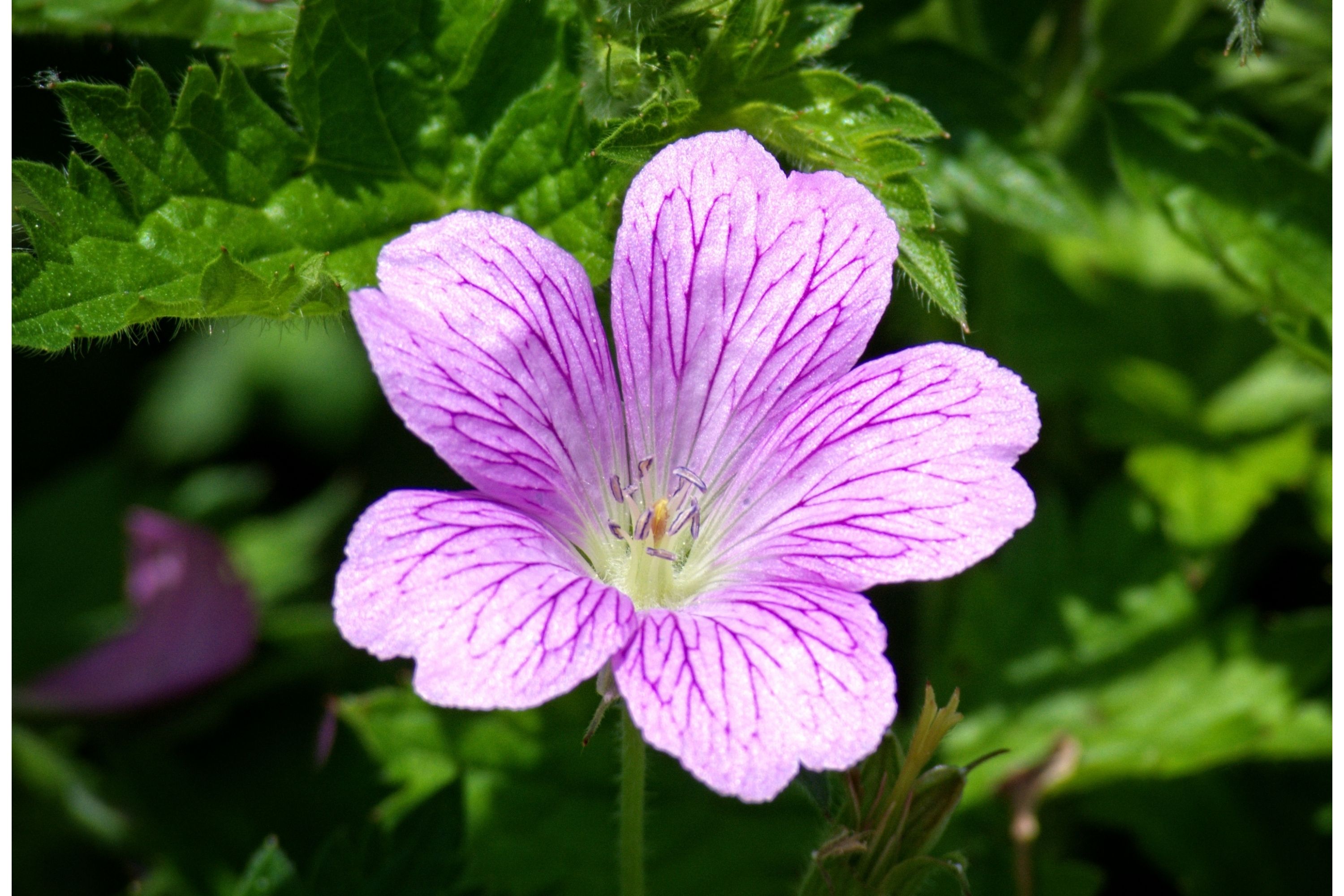Malva oblongifolia
(Malva oblongifolia)

Description
Malva oblongifolia is a species of Magnoliopsida first described by Pierre Edmond Boissier, and given the simplified Asian name by Soldano, Banfi & Galasso. Malva oblongifolia belongs to the genus Malva, and the family Malvaceae. None of these subspecies are listed. Malva is a genus of herbaceous annual, biennial, and perennial plants in the family Malvaceae. It is one of several closely related genera in the family to bear the common English name mallow. The genus is widespread throughout the temperate, subtropical and tropical regions of Africa, Asia and Europe. The leaves are alternate, palmately lobed. The flowers are from 0.5-5 cm diameter, with five pink, lilac, purple or white petals. The word "mallow" is derived from Old English "mealwe", which was imported from Latin "malva", cognate with Ancient Greek μαλάχη (malakhē) meaning "mallow", both perhaps reflecting a Mediterranean term. The colour mauve was in 1859 named after the French name for this plant. Several species are widely grown as garden flowers. Very easily grown, short-lived perennials are often grown as ornamental plants. Many species are edible as leaf vegetables and commonly foraged in the West. Known as ebegümeci in Turkish, it is used as vegetable in Turkey in various forms such as stuffing the leaves with bulgur or rice or using the boiled leaves as side dish. Malva verticillata is grown on a limited commercial scale in China; when made as a herbal infusion, it is used for its colon cleansing properties and as a weight loss supplement. Bodos of Northeast India cultivate a subspecies of Malva called lapha and use it extensively in their traditional cuisine, although its use is not much known among other people of India except in the northern Indian state of Kashmir where Malva leaves are a highly cherished vegetable dish. It is called "Soachal". This plant is one of the earliest cited in recorded literature. The third century BC physician Diphilus of Siphnus wrote that "juice lubricates the windpipe, nourishes, and is easily digested." Horace mentions it in reference to his own diet, which he describes as very simple: "Me pascunt olivae, me cichorea levesque malvae" ("As for me, olives, endives, and mallows provide sustenance"). Lord Monboddo describes his translation of an ancient epigram that demonstrates Malva was planted upon the graves of the ancients, stemming from the belief that the dead could feed on such perfect plants.
Taxonomic tree:







